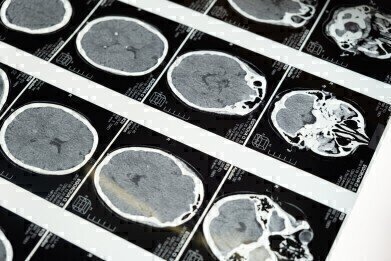Mass Spectrometry & Spectroscopy
How Is NMR Spectroscopy Used?
May 05 2022
The first Nuclear Magnetic Resonance (NMR) beams were detected in the 1930s by a team of researchers from Columbia University in New York City. American physicist Isidor Isaac Rabi was later awarded the Nobel Prize in Physics 1944 “for his resonance method for recording the magnetic properties of atomic nuclei” and is widely credited as an early pioneer of NMR.
Since Rabi and his team first detected NMR in a beam of lithium chloride, the technique has emerged as a valuable tool for studying the unique characteristics of matter. By observing and measuring the magnetic properties of atomic nuclei, scientists can unlock insight into the structural, chemical and biological characteristics of a sample.
How NMR Spectroscopy works
NMR Spectroscopy is founded on the principle that when molecules are exposed to a strong magnetic field, electrically charged nuclei within atoms will display magnetic behaviours. This is known as a ‘spin state’ and sees the nuclei orient themselves within the magnetic field. When exposed to an external magnetic field, electrically charged nuclei move to a higher energy level.
Different molecules display different magnetic behaviours and resonate at unique frequencies. This allows scientists to identify individual elements within the sample and map the basic structure. Specialised NMR instruments are used to observe and measure how nuclear spins behave when exposed to a high-intensity magnetic field. Data is used to reveal the structural, chemical and biological properties of matter.
Applications for NMR Spectroscopy
- Chemists use NMR Spectroscopy to map the molecular structures of samples.
- Medical practitioners use magnetic resonance imaging (MRI) to generate detailed images of human tissue and organs. Data is used to diagnose medical issues and develop treatment plans. MRI technology is founded in NMR Spectroscopy and relies on the basic principles of the technique to generate diagnostic images.
- In the food and beverage industry, NMR Spectroscopy is used to determine the structure of proteins, analyse amino acids and detect naturally occurring pigments such as carotenoids. Other applications include detecting and quantifying metabolites, organic acids and other components. NMR Spectroscopy is also the backbone of the “foodomics” industry, a new field that combines food science and nutritional research.
- The pharmaceutical and biotech industry relies on NMR Spectroscopy as a tool for drug discovery and development.
- As a nonâ€Âinvasive analytical technique, NMR Spectroscopy is widely used in the industrial and manufacturing sector. The method is useful for characterising the physical and chemical properties of industrial materials, including automotive paints.
While useful for some applications, NMR Spectroscopy does have its limitations. This is where other analytical techniques such as X-Ray Spectroscopy, Flame Spectroscopy and Atomic Absorption Spectroscopy (AAS) step up. Find out more about these techniques, as well as other widely used methods, in ‘What Are the Different Types of Spectroscopy?’
Digital Edition
Lab Asia 31.2 April 2024
April 2024
In This Edition Chromatography Articles - Approaches to troubleshooting an SPE method for the analysis of oligonucleotides (pt i) - High-precision liquid flow processes demand full fluidic c...
View all digital editions
Events
Apr 28 2024 Montreal, Quebec, Canada
May 05 2024 Seville, Spain
InformEx Zone at CPhl North America
May 07 2024 Pennsylvania, PA, USA
May 14 2024 Oklahoma City, OK, USA
May 15 2024 Birmingham, UK


















